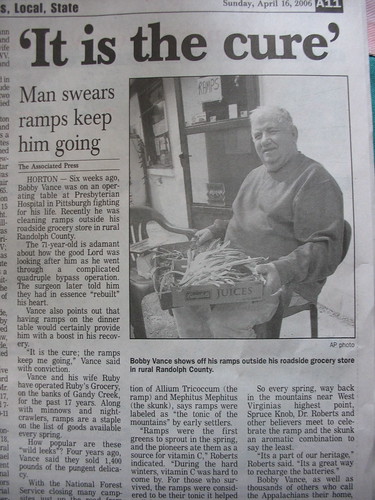Recent research into ways to prevent traffic jams, both on major roads and on freeways, has focused mostly on systems that either allow computers in cars to "talk" to one another or that are able to access up-to-the-minute information and react to it automatically. Now, new research by a team of traffic engineers in Switzerland has found that one of the solutions might just be the old-fashioned traffic light. News Mediacom is reporting that the team made up of college researchers and professional traffic engineers has implemented a system of "smart" traffic lights on on-ramps that is able to reduce traffic jams on freeways while not creating them on city streets. Bartlet UCL is also reporting on the story and says that Professor Nikolas Geroliminis from the Urban Transport Systems Laboratory at EPFL, Lausanne, is the brains behind the operation and has been studying traffic for the better part of two decades.
The idea Mediacom says is to come up with a traffic modification system that allows for timely access to freeways by car and trucks, without causing backups on the roads that lead to them. The solution, they say, is to build smarter entranceways, and computers for controlling traffic lights that would take into account traffic passing by on the freeway, traffic on the road leading to the on-ramp, and entranceways that are long enough to prevent backups from snarling traffic behind them. And traffic lights are necessary they say, because cars merging onto freeways are the biggest contributor to traffic jams.
UCL says that Geroliminis has been working on small scale and computer models for several years and has even developed mathematical equations that describe traffic flow. His approach, they say, is to find the sweet spot in traffic flow that takes several things going on at once, grinds up the data and spits out in real time, signals that control the flow of traffic.
Drivers in Switzerland (and in the US and most other countries for that matter) currently merge at their own discretion, hoping that drivers in the lane they are trying to enter will move over. This is inefficient and dangerous, Geroliminis says. What's needed is a system that tells drivers when it's safe to merge while simultaneously forcing drivers already on the freeway to get over so that other cars can get on. This is exactly what the engineering team is currently testing on several freeways in and around the Bern, and thus far, the team reports, traffic measurements suggest the system works very well. No data has been released yet, but the team will be presenting their findings at an upcoming governmental traffic & congestion meeting.
handicap ramps for vans
DOE Wind Report: 67 Percent Domestic Content in Wind Turbines <b>...</b>
The U.S. Department of Energy's (DOE) latest annual report for wind power depicts an energy source being threatened by policy uncertainty — yet one that is now conventional, driven by the continuing trends of downward ...
DOE Wind Report: 67 Percent Domestic Content in Wind Turbines <b>...</b>NBC <b>News</b> app for Xbox 360 brings streaming show clips to the <b>...</b>
While NBC News is no longer rocking the MS tag on its name, it's still tight with the Redmond crew and just launched a new app on the Xbox 360. Its well.
NBC <b>News</b> app for Xbox 360 brings streaming show clips to the <b>...</b>NBC <b>News</b> app now on Xbox Live | Joystiq
Microsoft has announced that the National Broadcasting Company (colloquially known as NBC) has released a news app on Microsoft's Xbox Live. The app features content from many of NBC's various news programs, ...
NBC <b>News</b> app now on Xbox Live | Joystiq
No comments:
Post a Comment